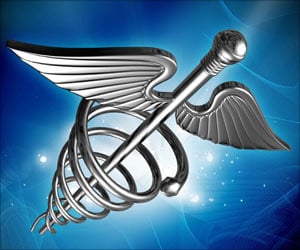A mathematical calculator was developed to identify patients at risk for amyloidosis-related heart failure.

- Cardiac amyloidosis is a condition which occurs due to the deposition of proteins in the heart, causing heart failure.
- A new simple test has been developed to identify patients at risk of cardiac amyloidosis.
- The new test could be a useful tool to determine if patients at risk for ATTR should undergo further diagnostic testing.
Cardiac amyloidosis is caused by the deposition of proteins in the heart. The protein deposits can also occur in the other organs, leading to life-threatening organ failure.
In most of the patients, amyloidosis is unrecognized. Diagnosis of ATTR amyloidosis can be challenging for doctors. Recent studies have suggested that as many as 10 percent of the older patients with certain types of congestive heart failure may have cardiac amyloidosis.
A research team led by Frederick L. Ruberg, MD, director of advanced imaging at Boston Medical Center and associate professor of medicine at Boston University School of Medicine, looked out for ways to develop new testing strategies to improve diagnosis.
A specific blood protein called retinol-binding protein 4 (RBP4) was identified by the research team. RBP4 was used to determine the likelihood of ATTR amyloidosis in a patient with congestive heart failure.
In addition, in work guided by Marios Arvanitis, MD, an internal medicine resident at BMC, the research team developed a mathematical calculator that incorporates RBP4 and other commonly ordered clinical tests that can be used to estimate the probability of ATTR amyloidosis in a given patient. An important advantage of this algorithm is that it can be used in the context of a doctor's office visit at the point-of-care.
"Given that new targeted pharmacologic therapies are being developed that specifically treat ATTR, identifying patients with this disease and providing an early and accurate diagnosis is crucial to treatment," explained Ruberg, the study's corresponding author.
The findings appear in the journal JAMA Cardiology.
Source-Medindia














